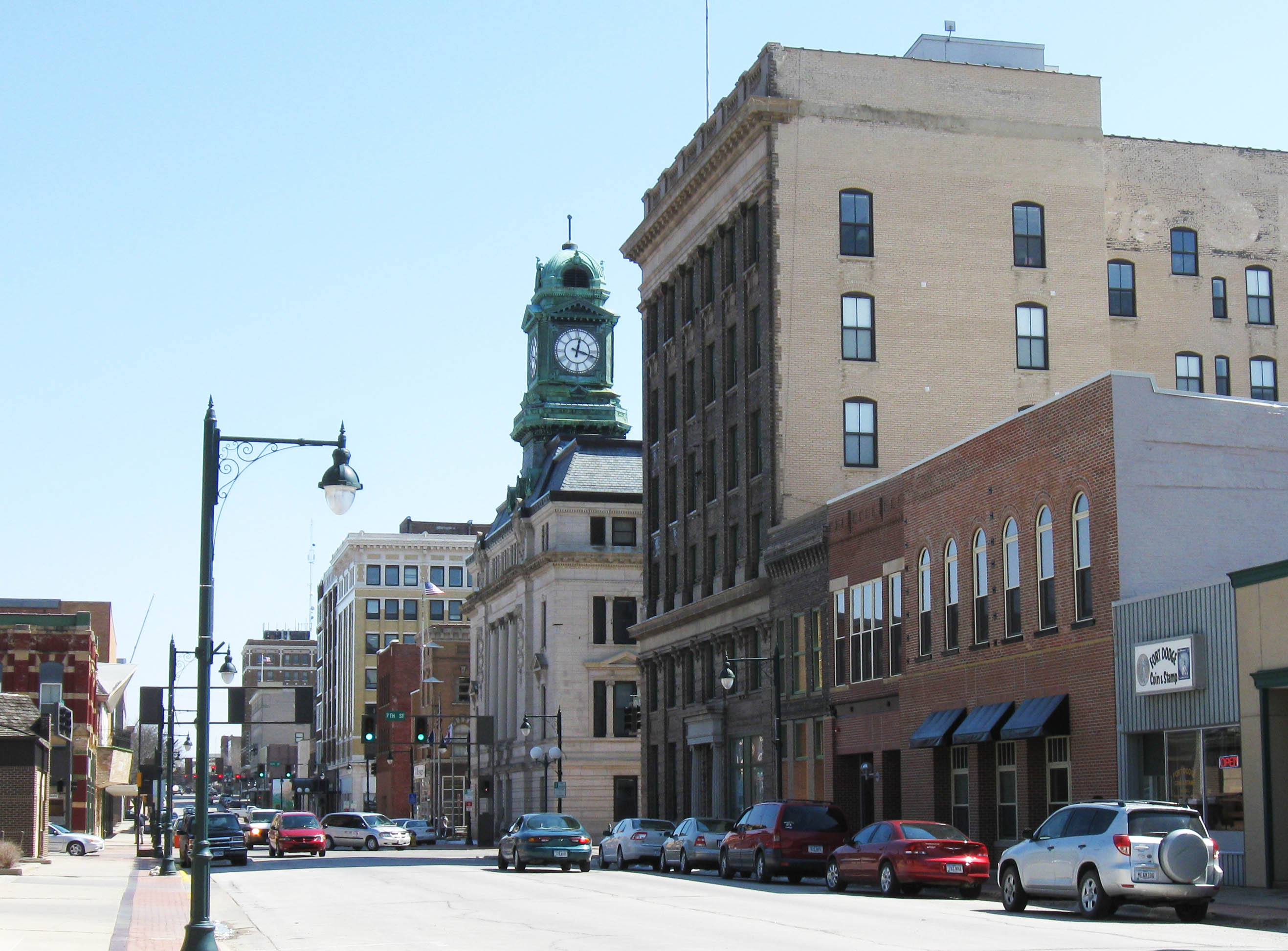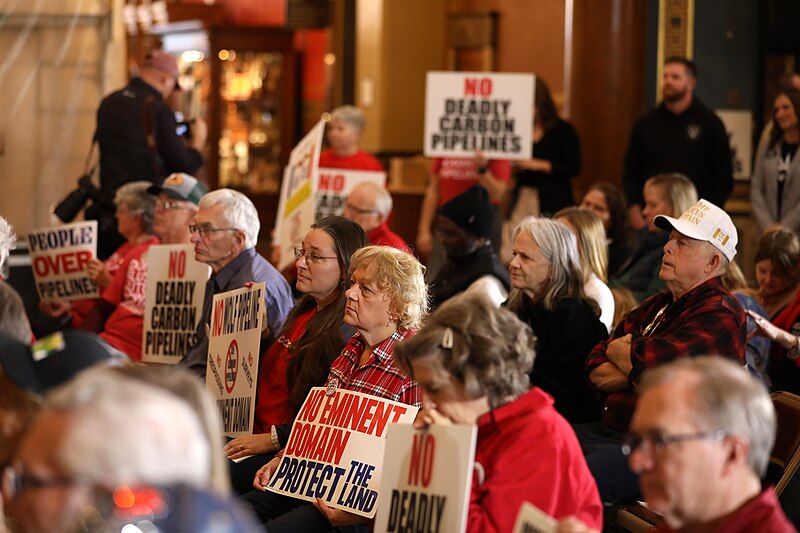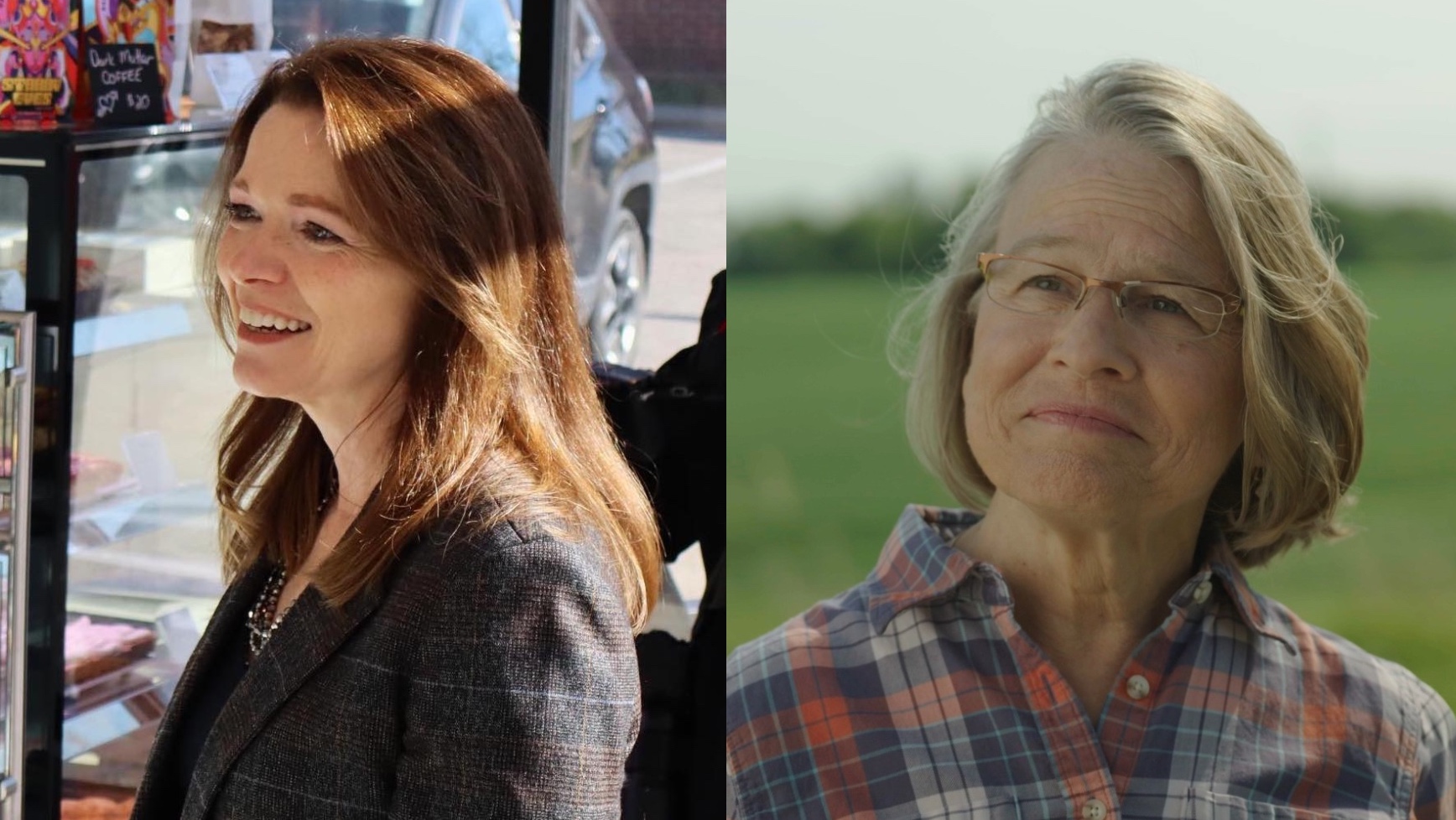Fifteenth in a series interpreting the results of Iowa’s 2024 state and federal elections.
Nick Conway is a Geographic Information Systems Technician who lives in Seattle, Washington. He is a graduate of Grinnell College. Follow him on X/Twitter @Mill226 or on Bluesky @conwayni2.bsky.social.
Iowa has experienced one of the nation’s most dramatic political transformations since President Barack Obama carried the state for a second time in 2012. While Obama won 52.0 percent of Iowa’s presidential vote to Mitt Romney’s 46.2 percent (a roughly 6-point margin), by 2024 the state had become solidly Republican, with Donald Trump securing 55.7 percent to 42.5 percent for Kamala Harris (a 13-point margin).
Iowa’s 19 percentage point swing in presidential voting from 2012 to 2024 was the second-largest shift toward Republicans among all 50 states, surpassed only by Obama’s childhood home of Hawaii.
The transformation was particularly striking at the county level. Nearly a quarter of the 100 counties in the U.S. that showed the largest GOP gains from 2012 to 2024 are in Iowa.
Continue Reading...














